BLADE AND TANGThe blade's shape (sugata) features a tip in excellent condition with a double-sloped spine.The blade's steel is remarkably sharp; the hamon (tempering lines) are invisible to the naked eye.The blade and tang are a single piece, displaying a beautiful patina with old oxidation and high-quality steel purity.The blade shows no dents on its edge; it remains in excellent condition.The tang has a single mekugi-ana, but the mekugi piece that locks the hilt and the sword blade is missing; it is a simple piece of wood, very easy to find or make yourself.
HANDLEThe middle piece between the hilt and the blade, or habaki, is of the Ganseki type. This piece fits into the scabbard and secures the weapon in its sheath. Note the stylized foliage, with deep engravings, on a bronze piece.The tsuba is simple and typical of early EDO period engravings. Tsubas are much more elaborate towards the end of the EDO period, as a reminder, the EDO period 1600-1868.Basic engravings are observed on the tsuba, with symbols likely related to air and wind.On the hilt, two small gilt bronze MENUKI pieces are placed under the ITO, the braided cord of the hilt, intended for hand placement, but also serving as lucky charms. These metal pieces depict foliage and floral motifs. The flowers were likely gold-plated on a bronze base. They feature variations in decoration. They were made in pairs, but are not identical.The fuchi/kashira, which are the pommel and trigger guard, are made of wrought iron and feature scrollwork decorations. The ito (cord) eyelet is bronze. Both pieces show signs of oxidation.All of this is in perfect harmony with the tsuba.The handle covering, samegawa, is a rot-resistant and highly durable stingray skin that has stood the test of time.
Its aesthetic remains unique, with its calcified knots shaped like small white/ivory globes.Note a split on the handle, on one side only, revealing a magnolia wood support.The ito remains intact, with a polishing characteristic of its use. The knots are tight, with no slack, and exceptional tension remains intact. Once again, high-quality workmanship!
SCABBARDThe scabbard is made of magnolia wood.The covering is made of shagreen (shark skin), the application of which with fish glue requires particularly skilled dexterity...The skin is well joined without any gaps.The kurigata, the scabbard ring, is made of horn, in excellent condition, perfectly mounted, unfortunately its sageo (scabbard cord) is missing.Remaining in good condition, despite an accident to the koigushi, in our European translation the chape...This horn piece, only a small part, could very easily be remade in modern black horn, without altering the original work.The scabbard is well equipped with its kozuga (small multi-purpose knife); its handle is decorated with three fans with gold and silver coverings.This knife was also used to hold the weapon in its scabbard. The handle of the knife is made of bronze, the blade is flexible and thin, we imagine that the owner of the wakizashi probably used this little knife much more on a daily basis than his saber, for various uses which could go as far as cleaning a horse's hooves, or even a personal toothpick!
IN CONCLUSIONWe are awaiting serious offers for this authentic weapon, which remains in beautiful condition, despite some flaws described above.Fast and well-protected deliveryWORLDWIDE SHIPPINGShipping costs €30 for mainland FranceOther destinations, please ask...We are able to deliver to your home with various service providers.Shipping insurance required, payable by the buyer.Worldwide delivery is possible; shipping costs are to be agreed upon with the buyer and are their responsibility.Fully insured and perfectly protected delivery.Payment by multiple checks is possible, and shipping upon full collection.PAYPAL transfer accepted, but with NO fees charged to us.Bank transfers are available, reserved for our regular customers. Please note that we do not share any banking information without prior strict verification of the details of an unknown buyer.


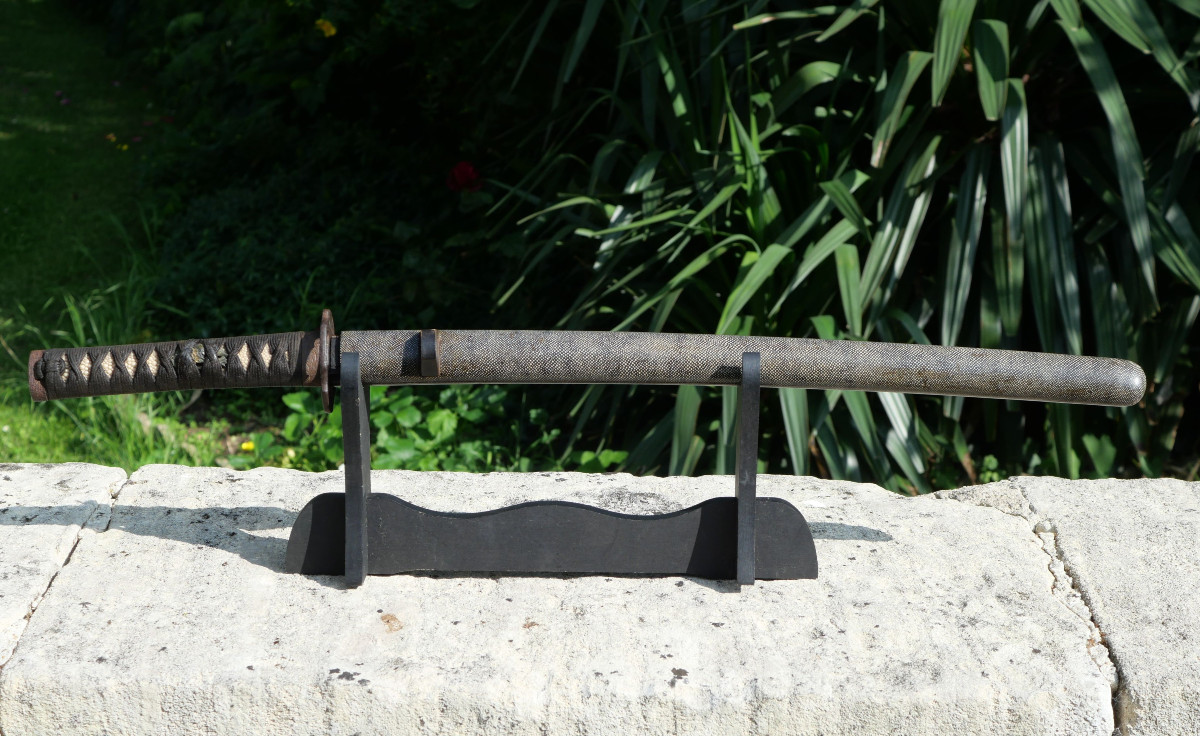

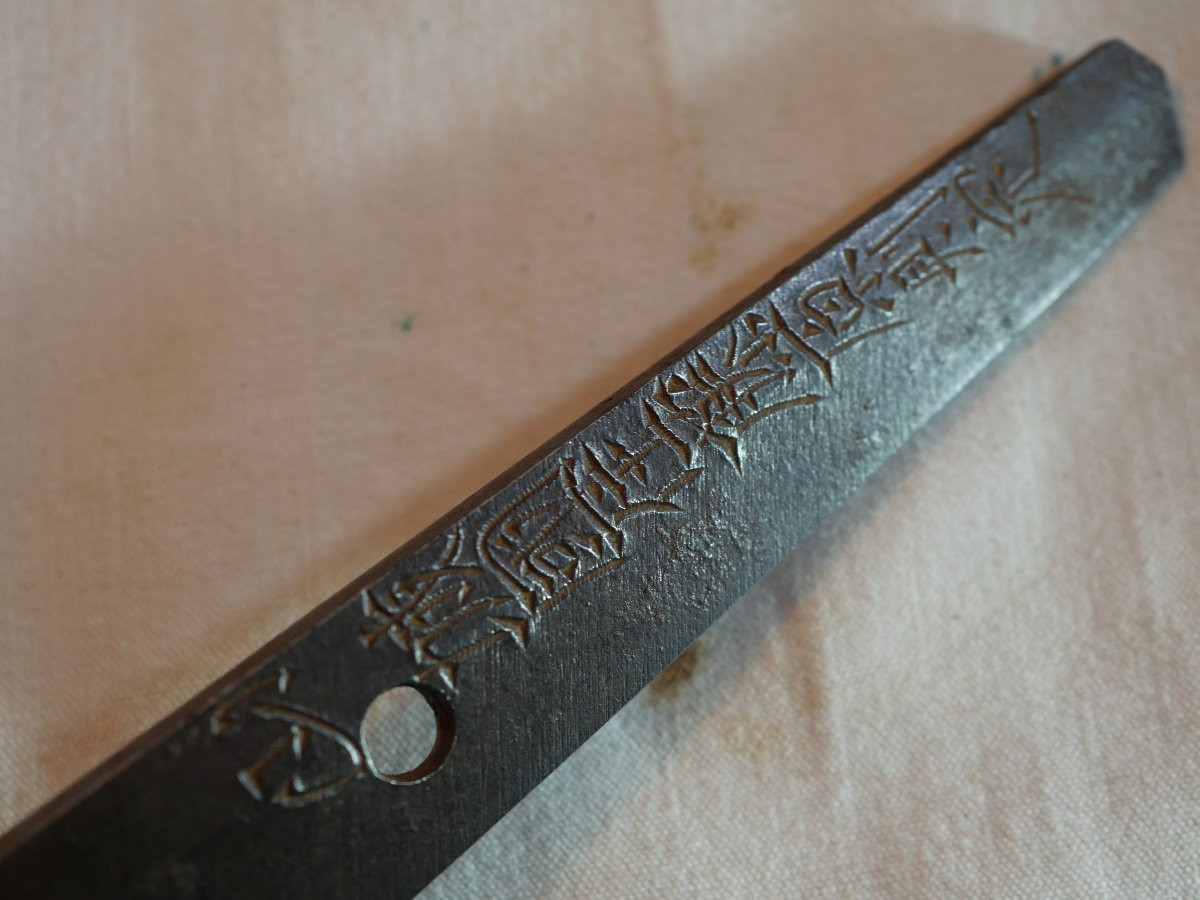

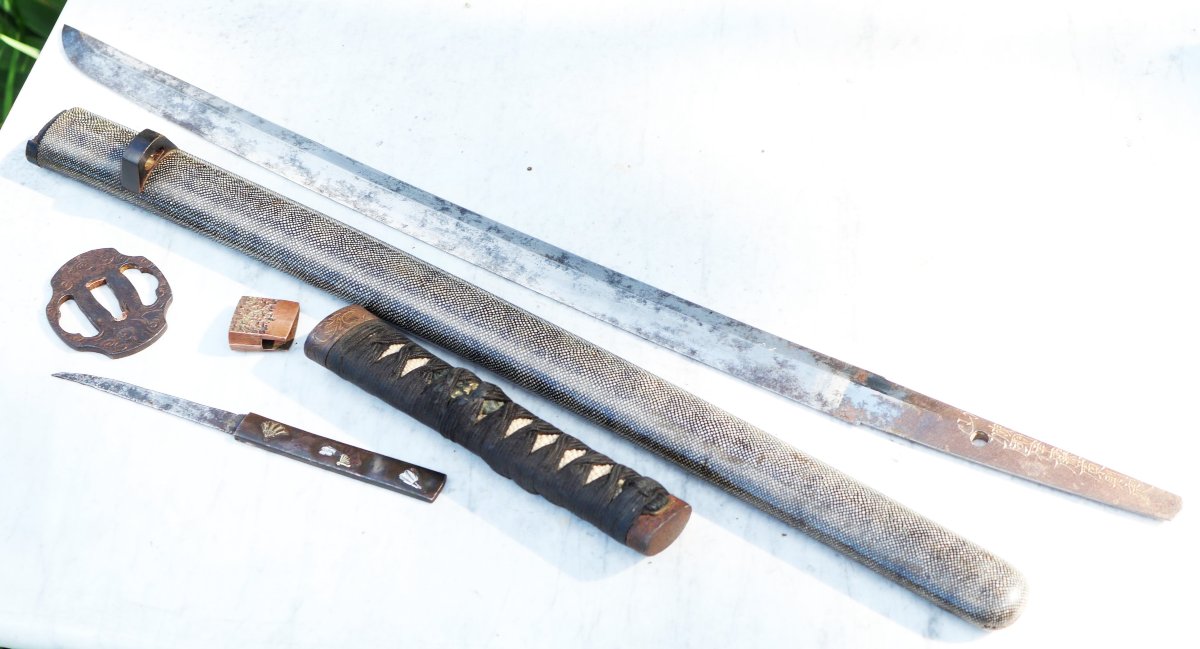

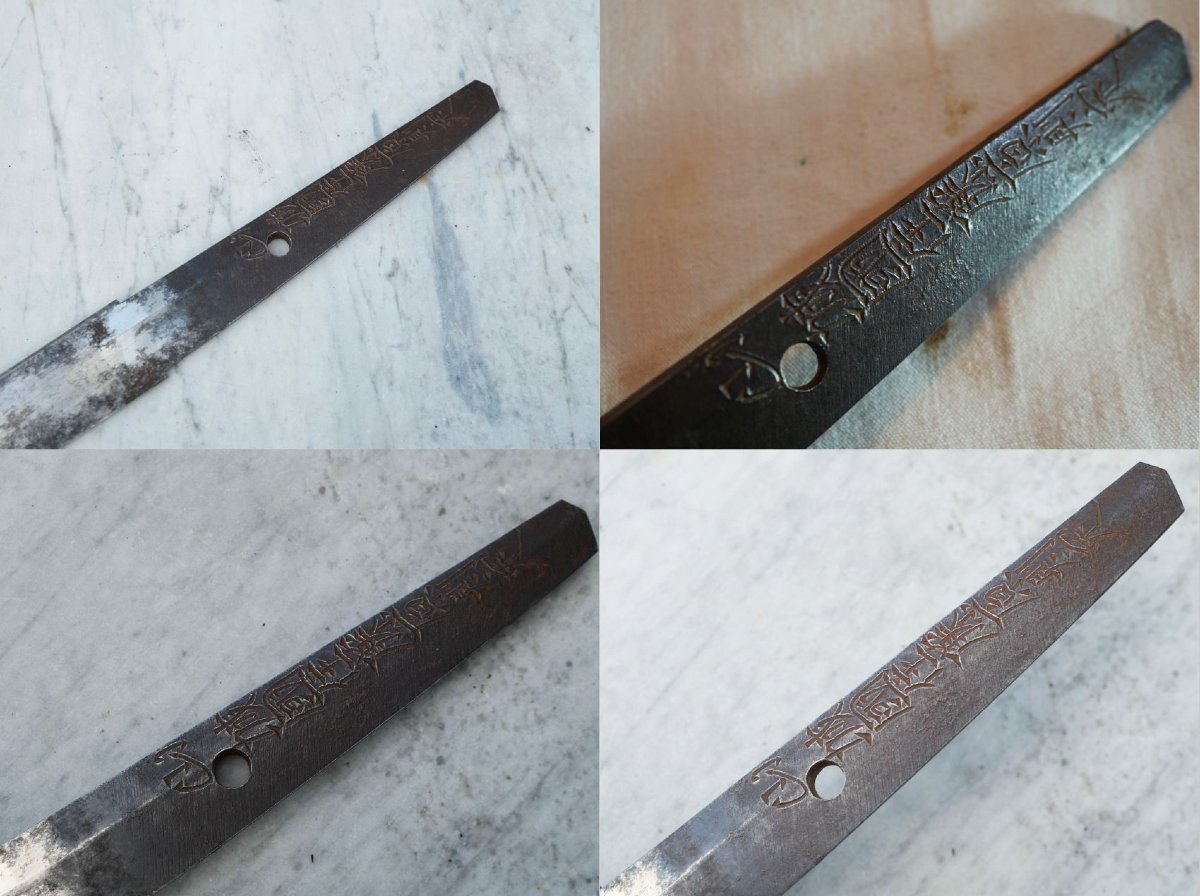
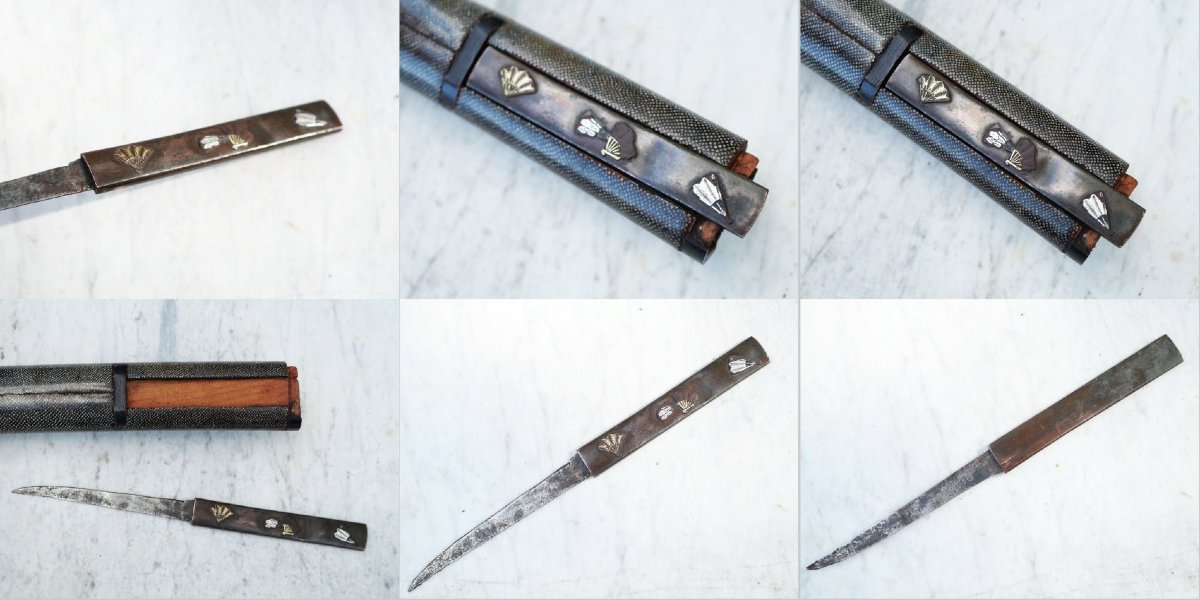



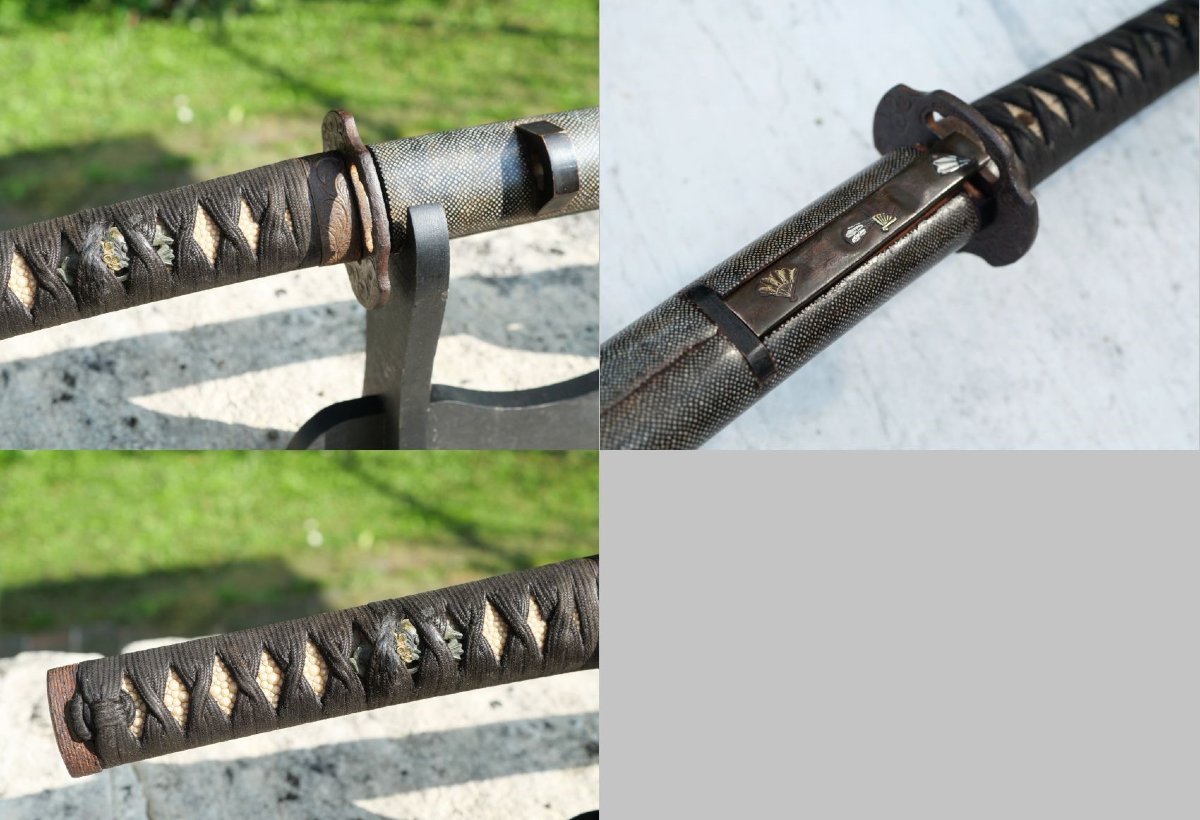














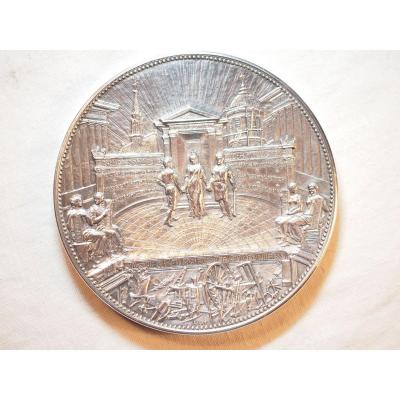


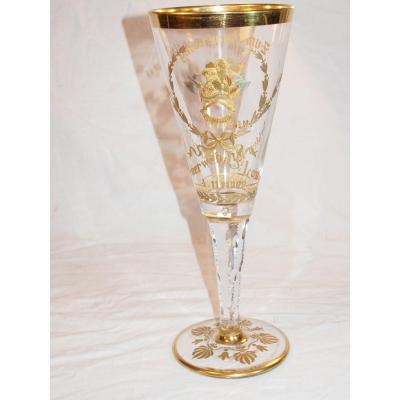
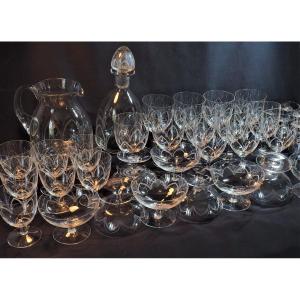



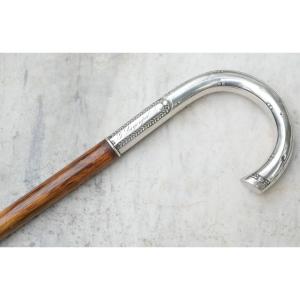

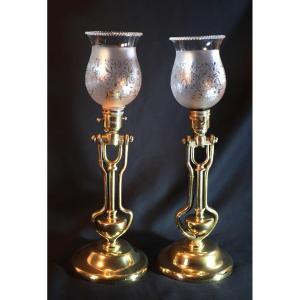
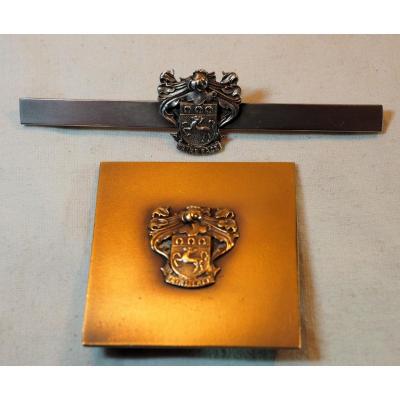










 Le Magazine de PROANTIC
Le Magazine de PROANTIC TRÉSORS Magazine
TRÉSORS Magazine Rivista Artiquariato
Rivista Artiquariato